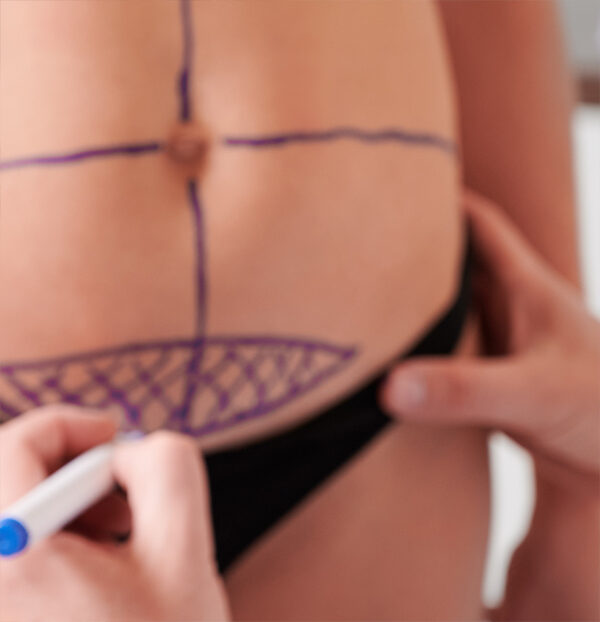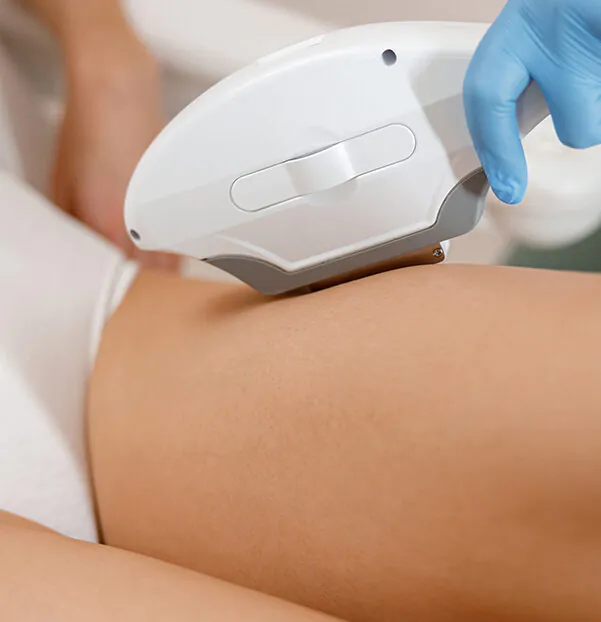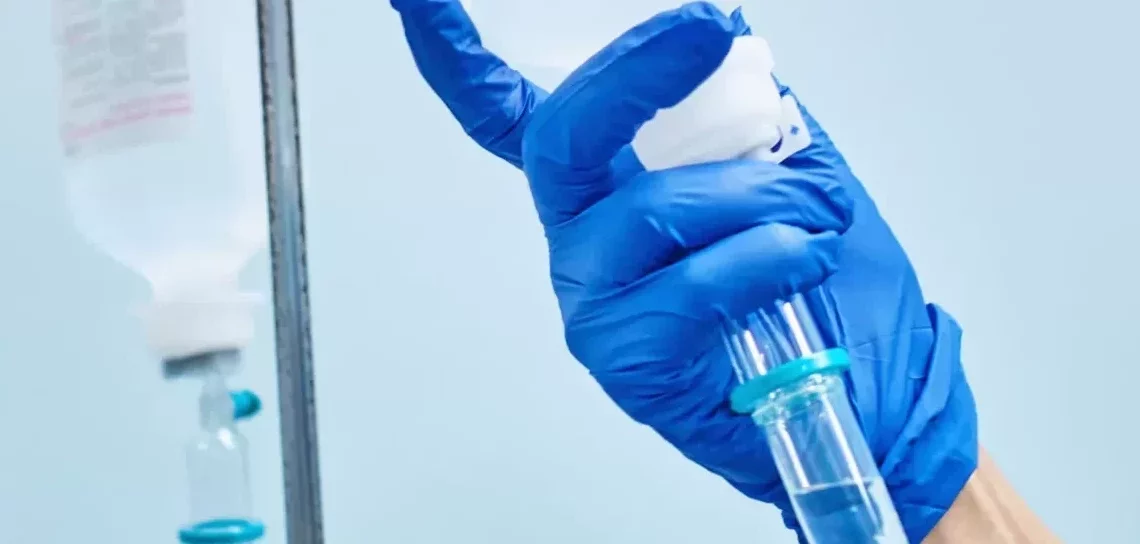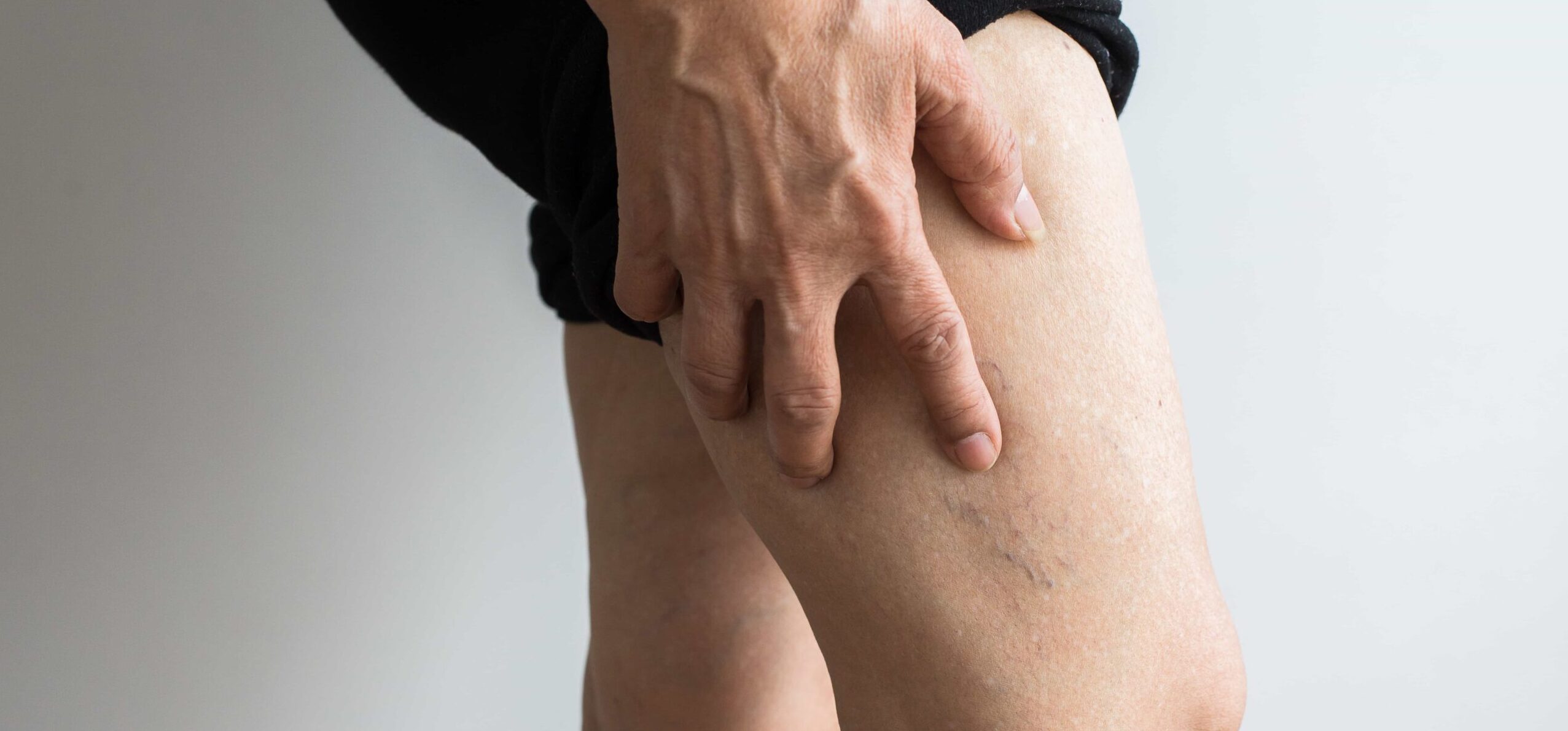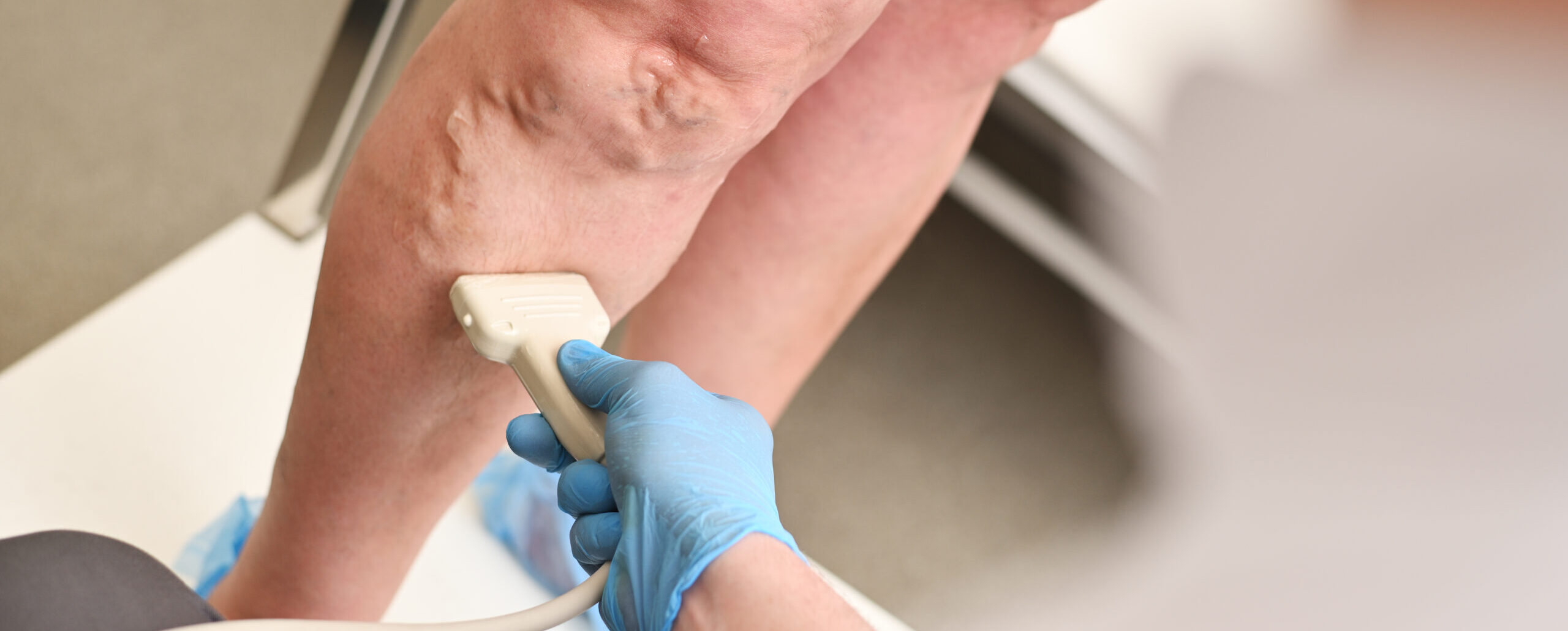
About the Treatment
Our center employs highly qualified medical specialists of the first and highest qualification categories with work experience of at least 10 years.

Vein ablation is a minimally invasive procedure that requires a small incision to remove varicose veins, and usually has a shorter recovery time than surgery.
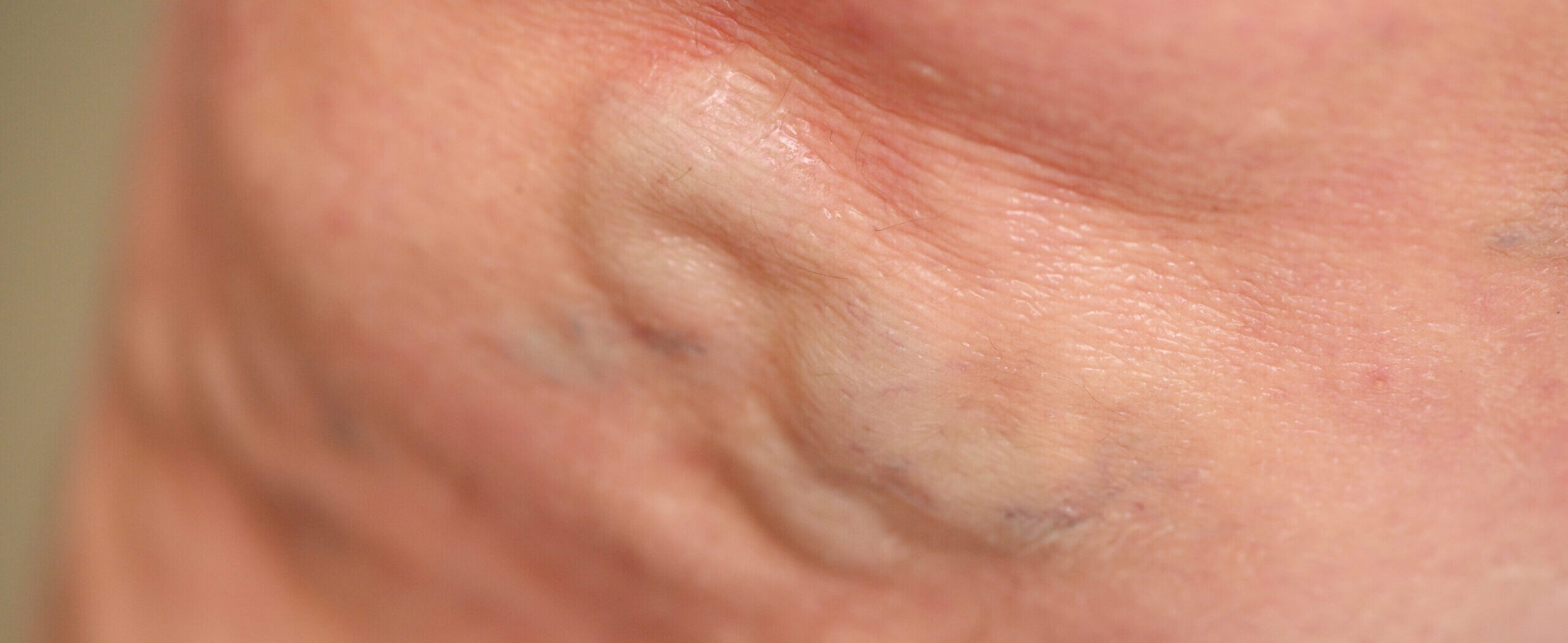
What are varicose veins?
Varicose veins are blue and purple bulgy veins that occur when the pathways or valves that carry blood become damaged or weak. Once that happens, blood can pool in your veins, causing a bulge or swelling.
These veins cause a sensation of heaviness in the legs, itching, cramps, and swelling.
Silkor utilizes various varicose treatments ranging from Sclerotherapy, to laser for vascular lesions, to vein ablation, even though they all aim to eliminate the presence of varicose veins, they differ tremendously in how the process is completed.

How vein ablation works?
Vein ablation is a nonsurgical, minimally invasive procedure that requires a small incision in the area to be treated.
The difference between vein surgery and ablation is mostly the downtime. The procedure with vein ablation is mostly in-and-out, however, with the surgery it might several weeks of recovery.
Once you consult Silkor’s vascular surgeons or vascular specialists, an appointment is settled and the vascular ablation is performed an office-based clinic. During your first consultation, an Ultrasound is performed, to check if you’re a good candidate for the procedure.

The Vein Ablation Protocol
The Do’s and Don’ts of this out-patient procedure
Before the treatment:
- Inform the doctor about all health conditions, medications, vitamins, and/or supplements you’re taking.
- Do not apply lotions, perfumes, deodorants, or nail polish.
- Refrain from aspirin or any blood thinners.
During the treatment:
Anesthesia might be administered, to alleviate the pain. This all depends on the consultation between you and your doctor. In addition to that, bring someone to drive you post procedure, in case local anesthesia or sedative medications are administered.
The procedure usually takes an hour and during the treatment, your provider will detect your vein using an ultrasound, then make a small incision in your leg, usually below your knee or near your ankle. Then your specialist will insert a catheter (thin tube) into the incision and guide it into your vein.
The tool uses radiofrequency waves to generate heat to seal the skin.
Post treatment:
• Avoid exercise and strenuous exercise.
• Refrain from swimming or hot tubs.
• Elevate your treated area when possible.
• Keep your incisions clean and dry.
• Wear compression socks.
After one week of healing, your doctor will perform an ultrasound to check the veins and confirm that they’re sealed.

Why undergo vein ablation?
Benefits of this vein removal procedure range from being cosmetic to alleviating uncomfortable sensations.
• Less pain and fewer complications.
• Minimal scarring and shorter recovery time.
• Positive cosmetic results.
If you experience side effects after your procedure, consult your doctor.
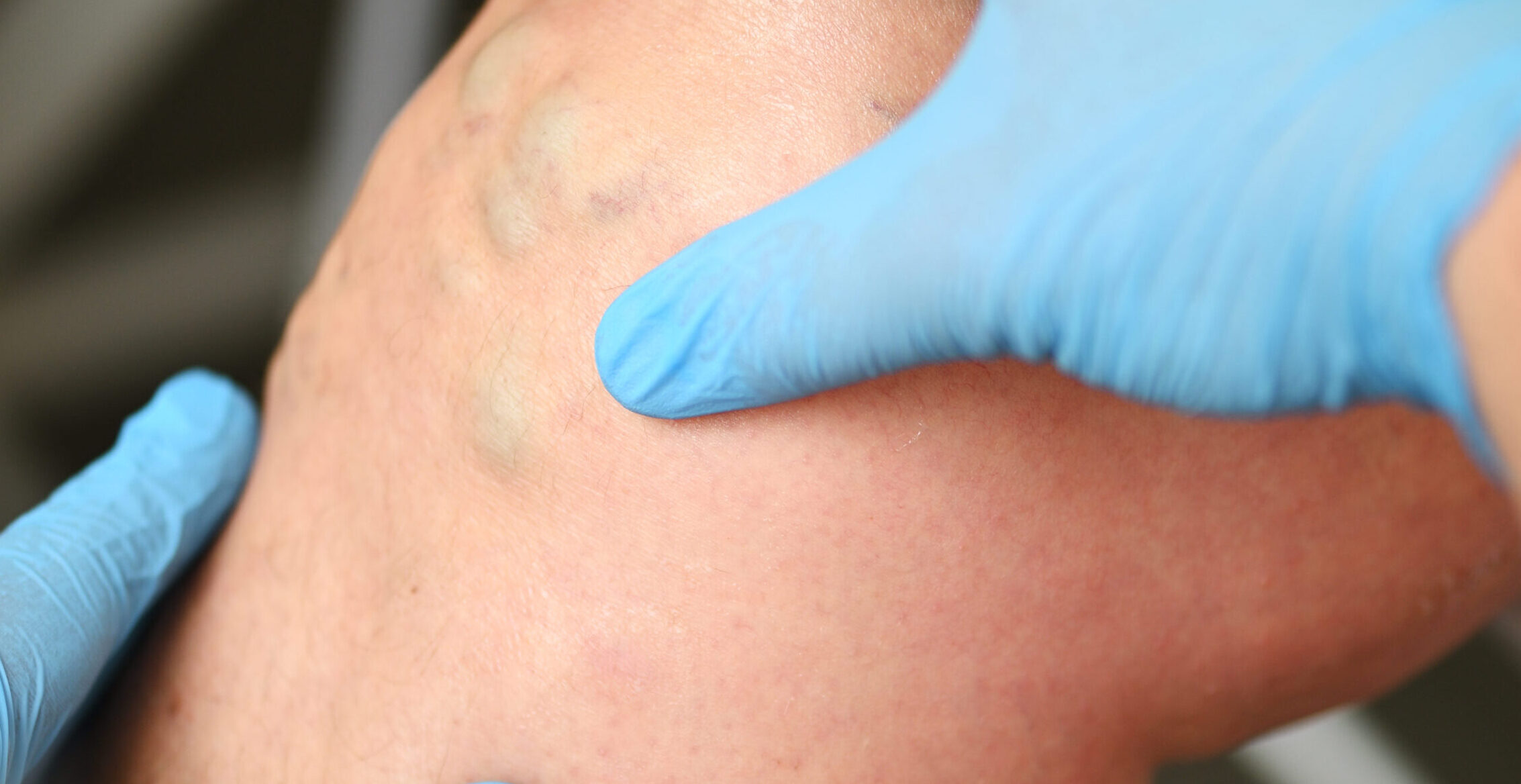
Meet the Doctors
Book an Appointment
Fill in your details below and we will contact you to confirm.

